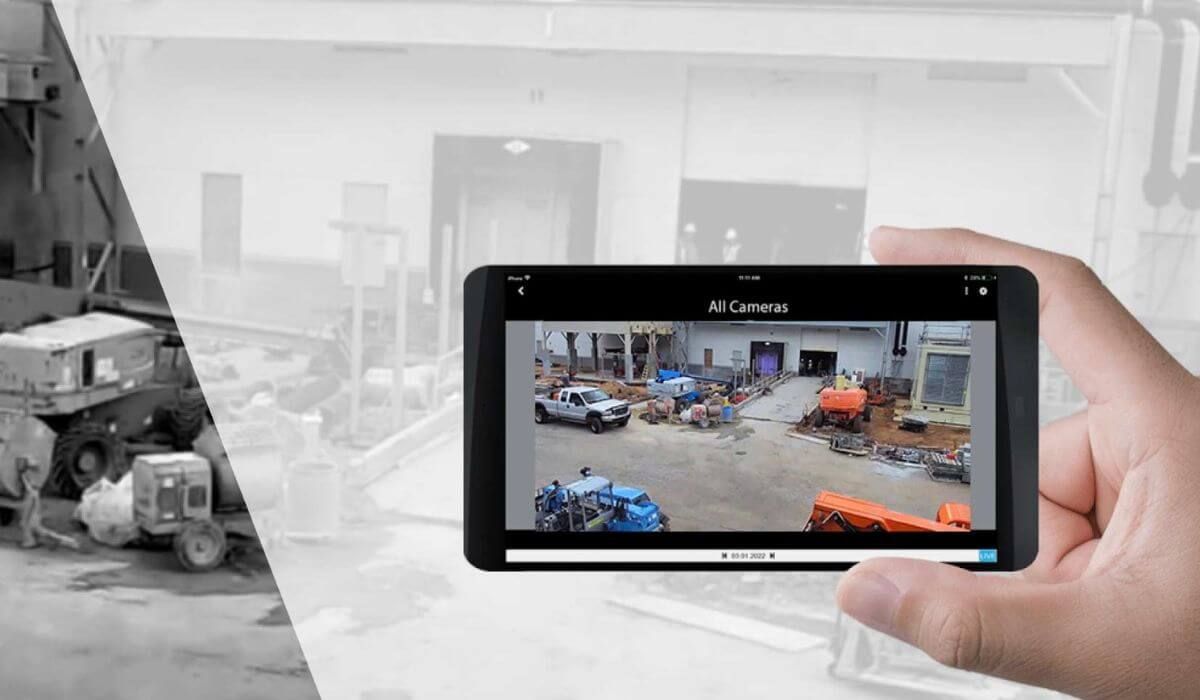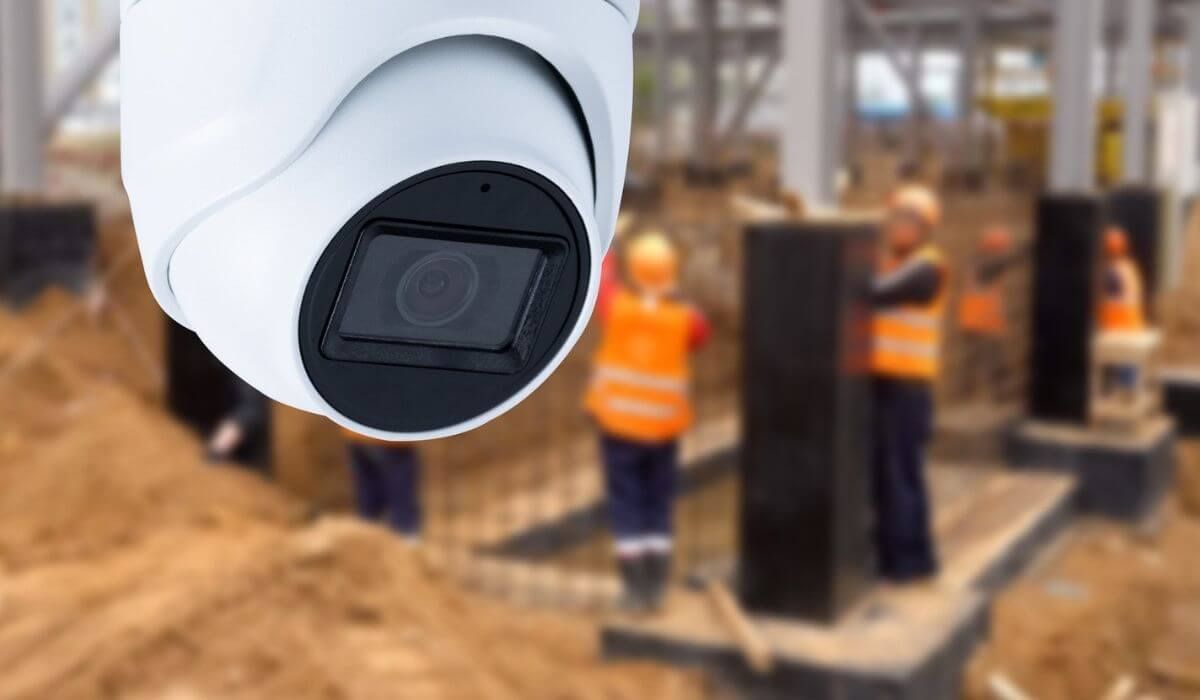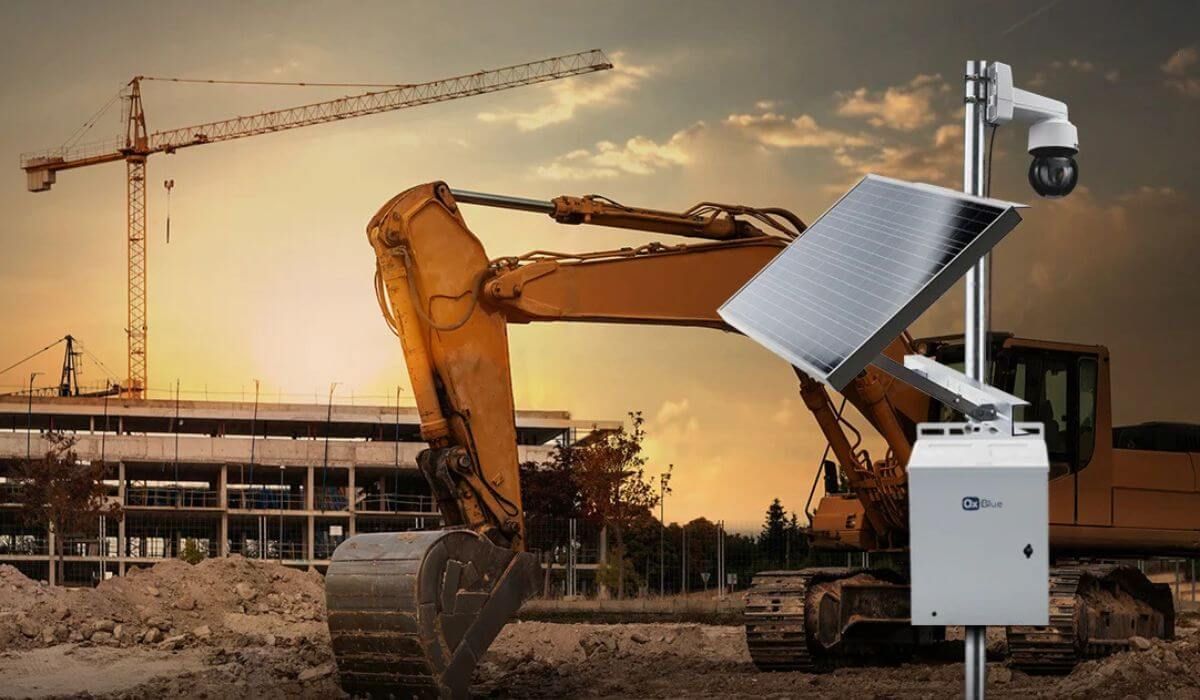Home Security Systems That Can't Be Hacked: A Comprehensive Guide
The rise of smart home technology has made home security systems more advanced, but it has also introduced new cybersecurity risks. Reports show that cyberattacks on smart home devices are increasing, with hackers exploiting weak passwords, outdated software, and unsecured networks.
As a homeowner in Australia, ensuring your security system is resistant to hacking is more crucial than ever. A single breach can compromise your privacy, allow intruders to disable cameras, or even give hackers access to other smart devices in your home.
This guide explores the vulnerabilities of home security systems, the essential features of a secure setup, and best practices to keep your home safe from cyber threats.
Understanding the Vulnerabilities
Many homeowners assume their security cameras and alarm systems are impenetrable, but hackers often exploit common weaknesses:
- Unsecured Networks – Many people use weak Wi-Fi passwords or forget to change default router settings, making it easy for hackers to gain access.
- Outdated Firmware – If security cameras and smart alarms don’t receive regular updates, they become vulnerable to known exploits.
- Unencrypted Data Transmission – Some older security systems transmit data without encryption, meaning hackers can intercept video feeds or alerts.
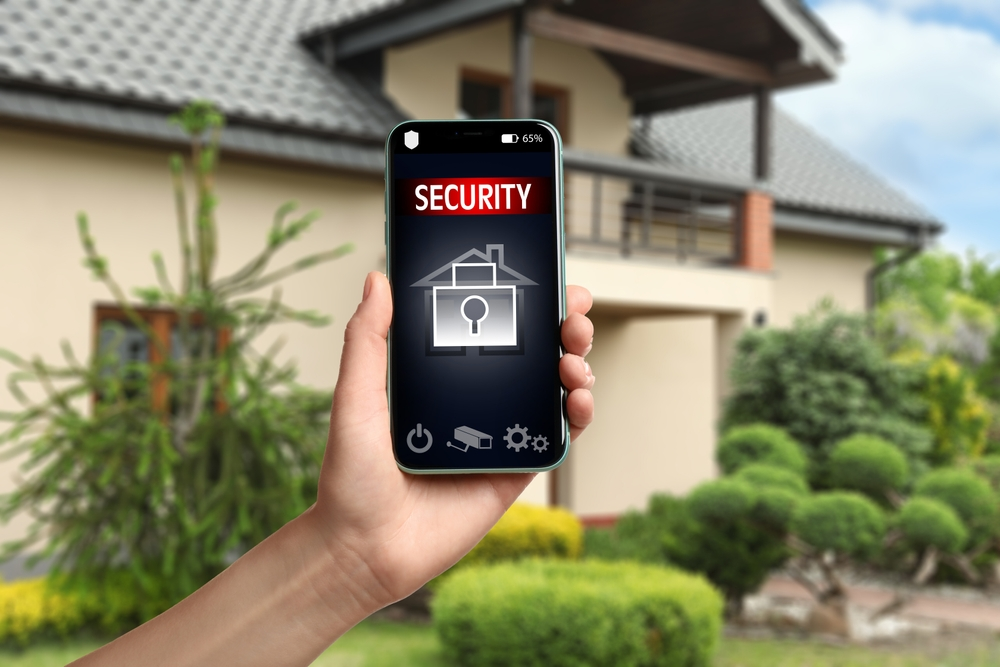
Features to Look for in Secure Home Security Systems
1. End-to-End Encryption: The Backbone of Data Protection
One of the most critical features of a secure home security system is end-to-end encryption (E2EE). This ensures that any data being transmitted between your security cameras, alarm system, and mobile devices is encrypted and inaccessible to hackers.
Without encryption, cybercriminals can intercept and manipulate security footage, potentially disabling your cameras remotely or spying on your home. AES-256 encryption, the gold standard in cybersecurity, is used by top-tier security systems like Eufy Security, Arlo, and Google Nest Secure to prevent data breaches.
How Encryption Enhances Security:
- Protects live security feeds from unauthorized access.
- Ensures motion alerts and alarm triggers cannot be intercepted.
- Prevents hackers from altering video footage in real time.
If a security system does not use end-to-end encryption, it's best to look for alternative options that do.
2. Two-Factor Authentication (2FA): An Extra Layer of Login Security
Passwords alone are no longer enough to keep your system safe. Two-Factor Authentication (2FA) ensures that even if a hacker manages to steal your login credentials, they cannot access your security system without an additional authentication step.
With 2FA enabled, logging into your security system requires:
- A password (something you know).
- A verification code sent to your mobile device, email, or authentication app (something you have).
Many premium security systems, including Ring Alarm Pro, Eufy Security, and Google Nest Secure, have mandatory 2FA to enhance security. Some systems even offer biometric authentication (such as fingerprint or facial recognition) for an added layer of protection.
3. Regular Firmware Updates: Keeping Cyber Threats at Bay
Just like your smartphone and computer receive software updates to fix bugs and improve security, your home security system must also be updated regularly. Firmware updates are essential because they:
- Patch security vulnerabilities that hackers could exploit.
- Improve system performance and reduce glitches.
- Introduce new security features to enhance protection.
Many security breaches occur because homeowners fail to update their systems, leaving them vulnerable to known hacking techniques. Automatic firmware updates should be a default feature in any secure home security system.
Brands like Arlo, Eufy, and Google Nest automatically update their firmware, ensuring that your system remains protected against the latest cyber threats.
💡 Tip: Always check if your security system offers automatic updates before purchasing. If updates are manual, set calendar reminders to check for and install them regularly.
4. No Default Passwords: Avoiding a Major Security Flaw
One of the most common ways hackers gain access to home security systems is through default passwords. Many security cameras and smart home devices come with generic factory-set passwords like "admin123" or "password", which cybercriminals can easily guess.
A secure home security system will force users to create a unique, strong password during setup instead of allowing them to continue using the default credentials.
Best Practices for Password Security:
- Use a password manager to generate and store strong, unique passwords.
- Avoid using easy-to-guess passwords, such as birthdays or pet names.
- Change passwords regularly to minimize security risks.
Brands like Eufy, Arlo, and Swann Security now prohibit the use of default passwords, ensuring that users create strong authentication credentials from the start.
5. AI-Powered Intrusion Detection: Smarter Threat Prevention
Modern AI-powered security systems offer enhanced protection by analyzing behavior patterns and detecting hacking attempts in real-time.
AI technology in security systems works by:
- Identifying unusual login attempts. If someone tries to access your system from an unrecognized device, AI will flag it and send an alert.
- Monitoring suspicious activity. AI can detect unusual activity on your property, such as
unauthorized access to security settings or repeated login failures.
- Auto-locking accounts. Some systems use AI to block access attempts after multiple failed logins, preventing brute-force attacks.
💡 Example: Ring Alarm Pro and Google Nest Secure use AI-driven security monitoring to detect unauthorized login attempts and notify users of potential hacking threats.
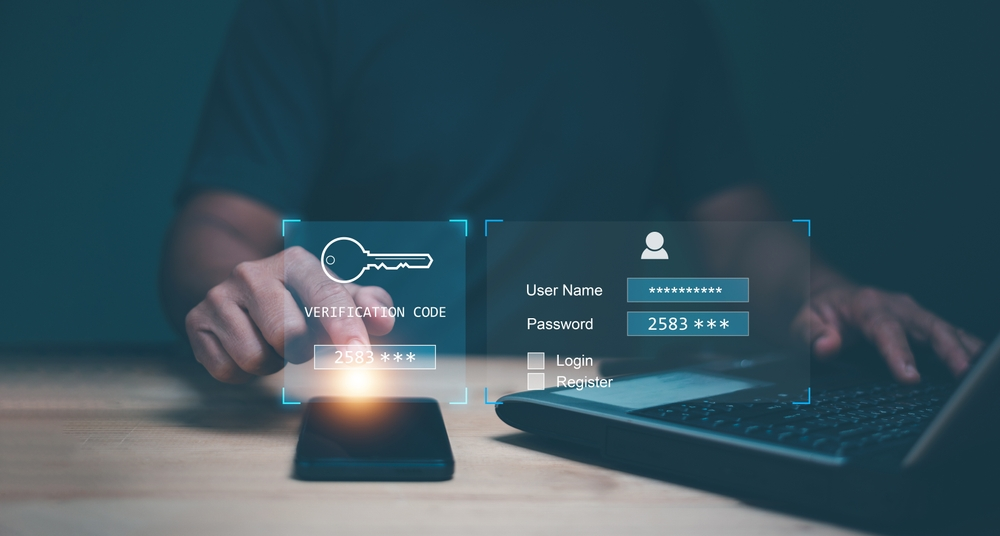
Best Practices to Enhance Security
Even the most secure home security systems require additional precautions to prevent hacking.
1. The Role of VPNs and Firewalls in Home Security:
A Virtual Private Network (VPN) and a firewall add extra layers of protection to your home security system.
- VPNs encrypt your internet connection, preventing hackers from intercepting data from your security cameras or smart alarms.
- Firewalls act as a shield, blocking unauthorized access attempts and filtering out malicious traffic before it reaches your security system.
Using a secure VPN router ensures that all smart devices, including security cameras, are protected from cyber threats. Some security brands, like Eufy and Arlo, recommend pairing their systems with a VPN for enhanced security.
2. Secure Your Home Network: Changing default passwords, using WPA3 encryption on your Wi-Fi, and segmenting smart devices on a separate network can greatly reduce the risk of hacking.
3. Disable Unnecessary Features: If your security system has remote access features you don’t use, disabling them can eliminate potential entry points for hackers. Features like Universal Plug and Play (UPnP) should be turned off unless necessary.
Conclusion - Protect Your Property from Hacking Threats
The convenience of smart home security comes with cybersecurity challenges, but by choosing a secure home security system, enabling AI-driven threat detection, and using VPNs and firewalls, you can effectively protect your home from hackers.
At Scavi, we specialize in installing and securing high-quality home security systems in Sydney. Our expert team ensures your system is configured with the best cybersecurity practices, so you can have peace of mind knowing your home is protected.
💡 Contact Scavi today to explore our secure home security solutions and take the first step toward a safer, smarter home.

